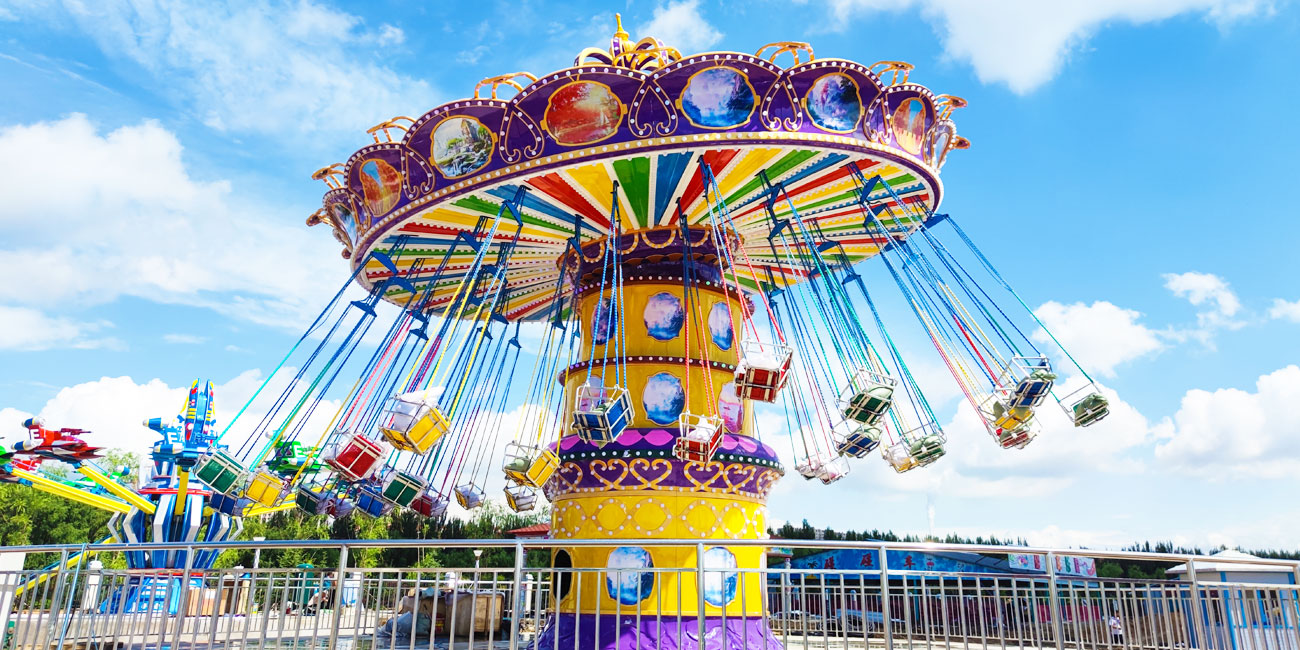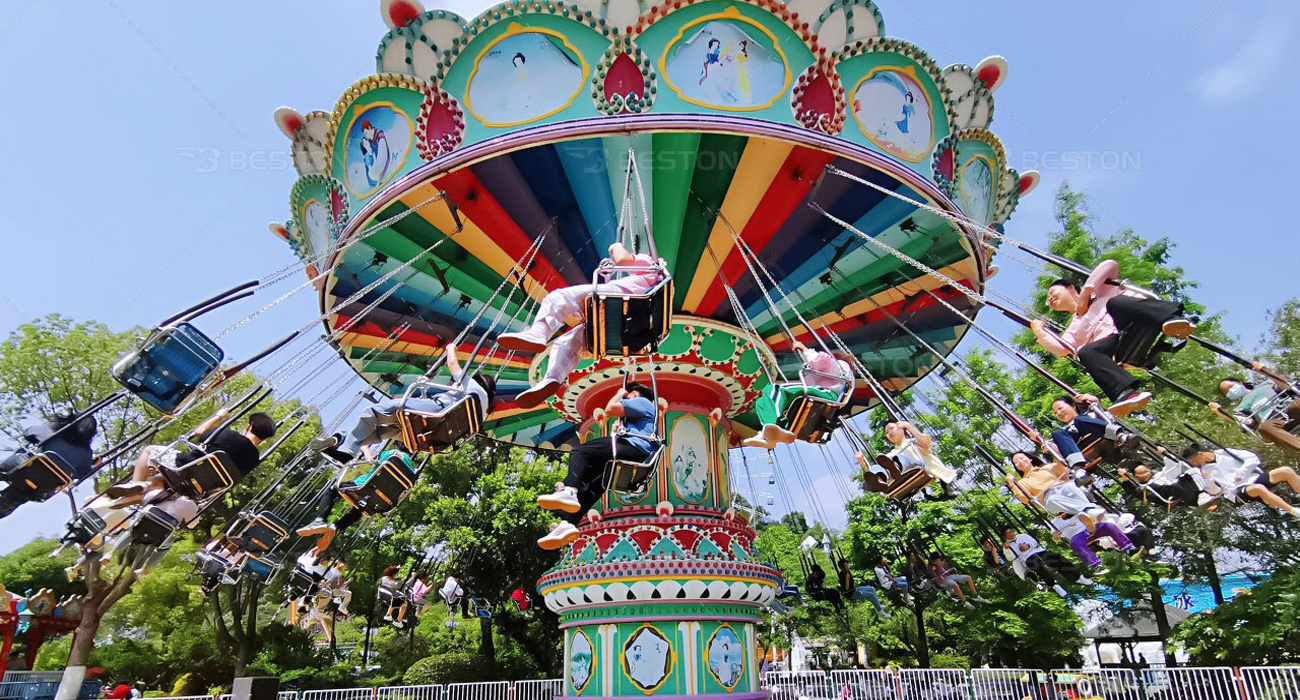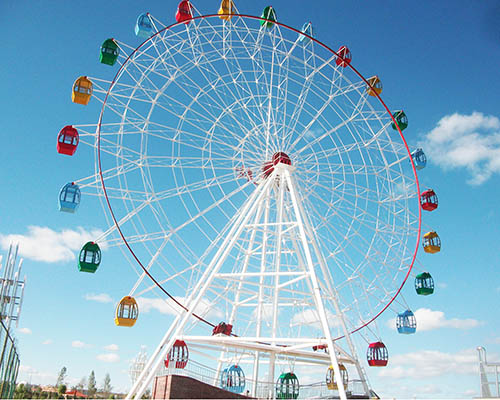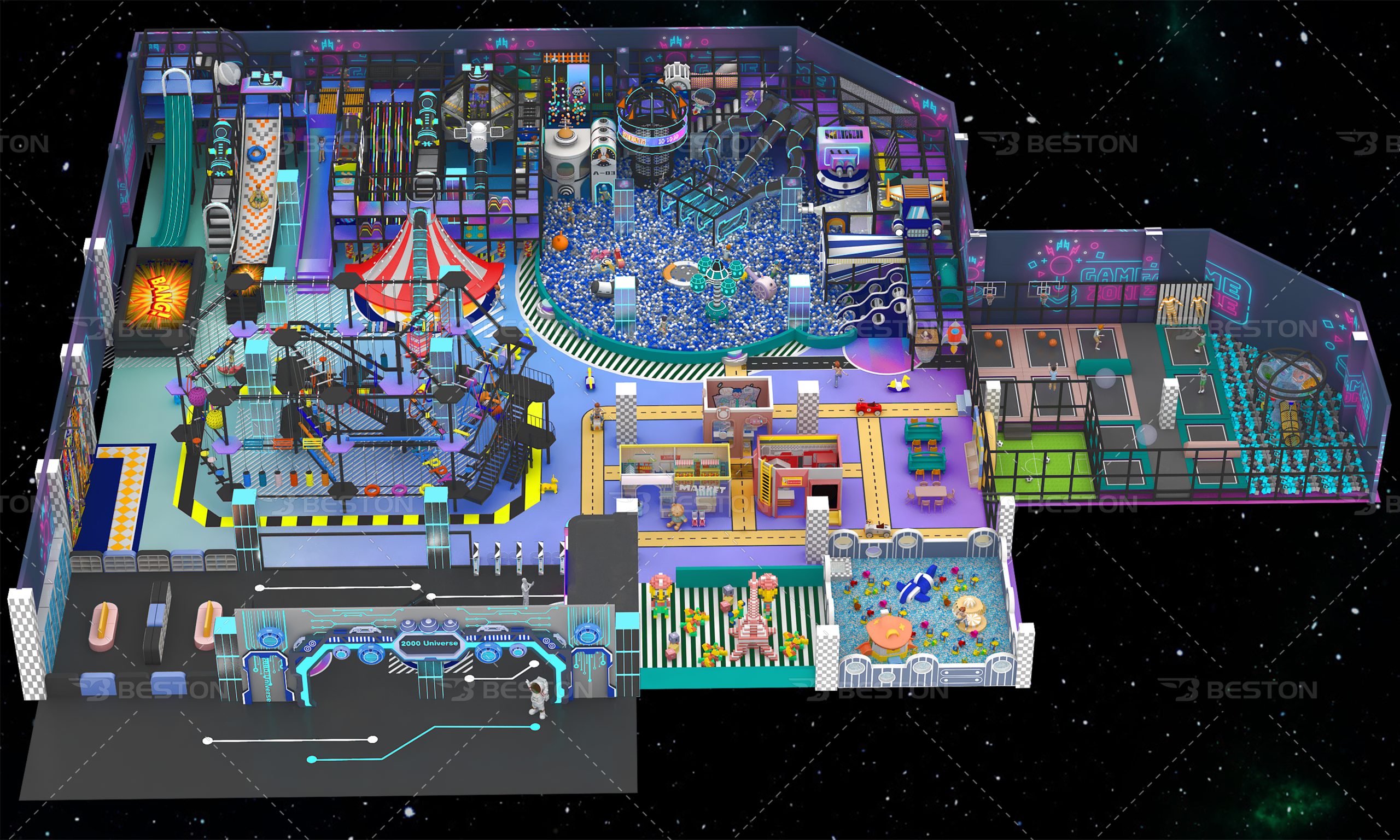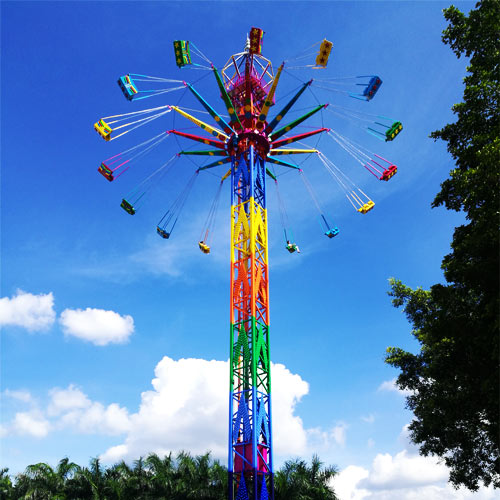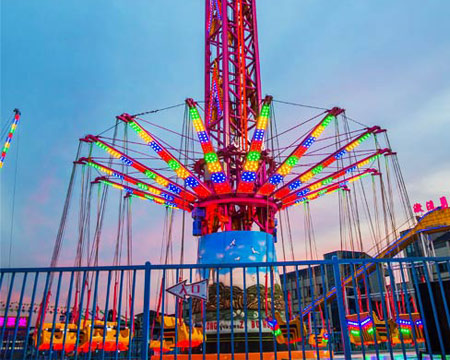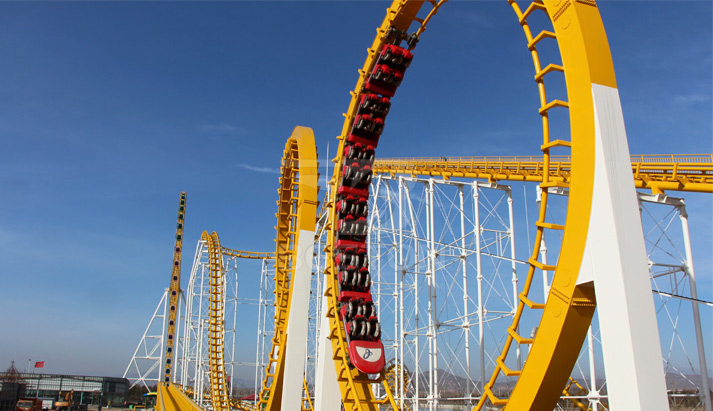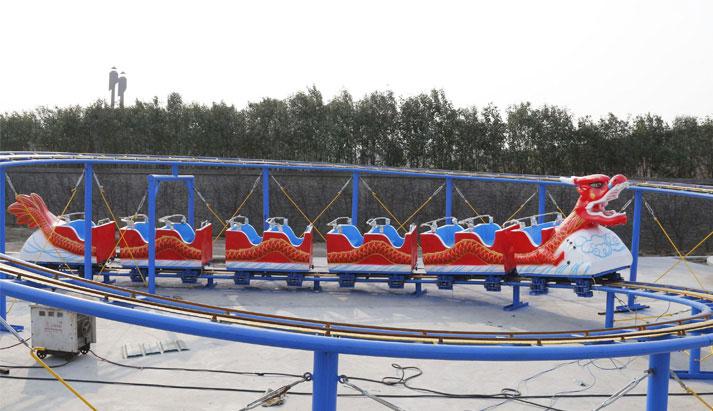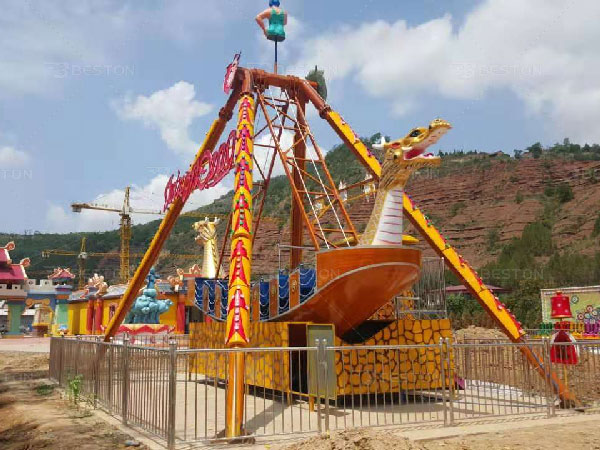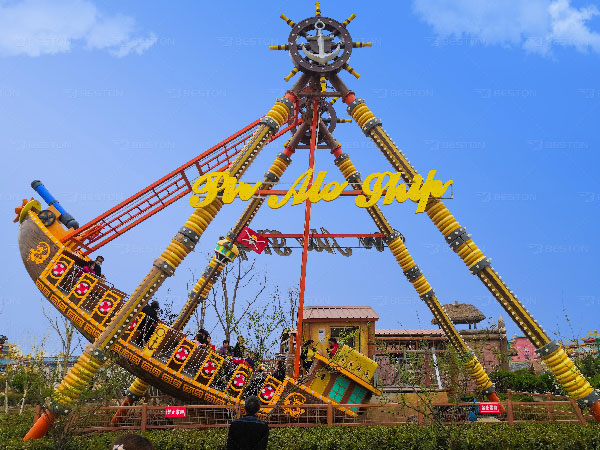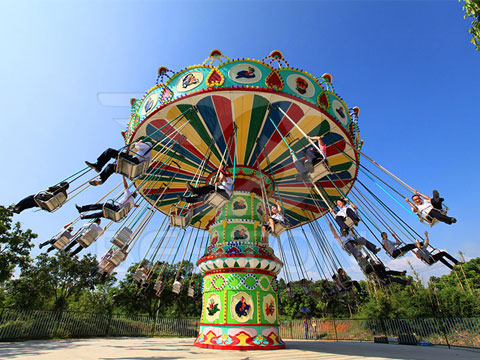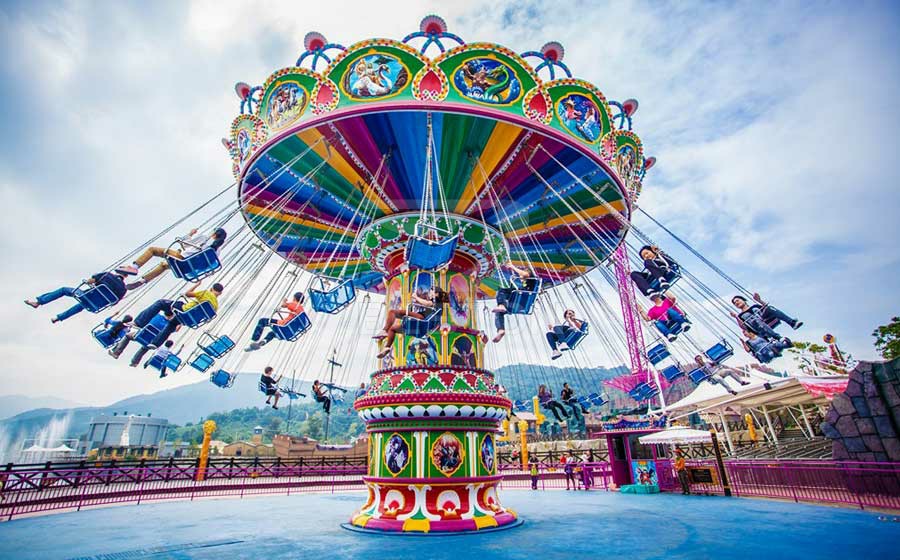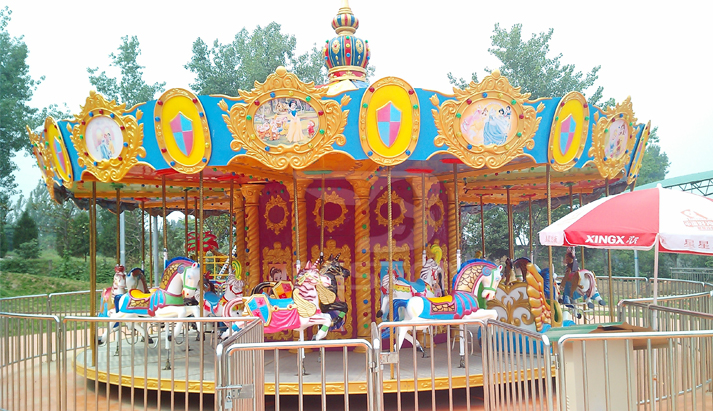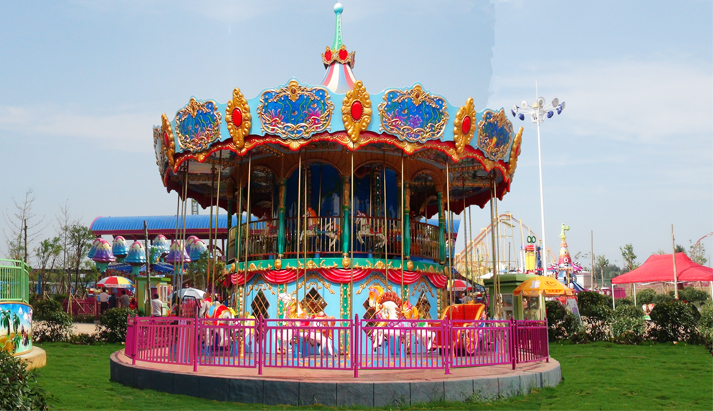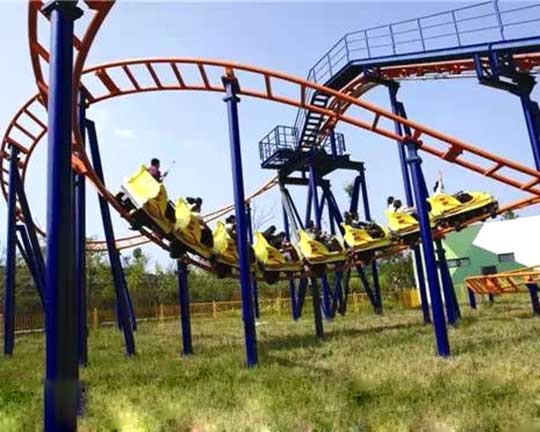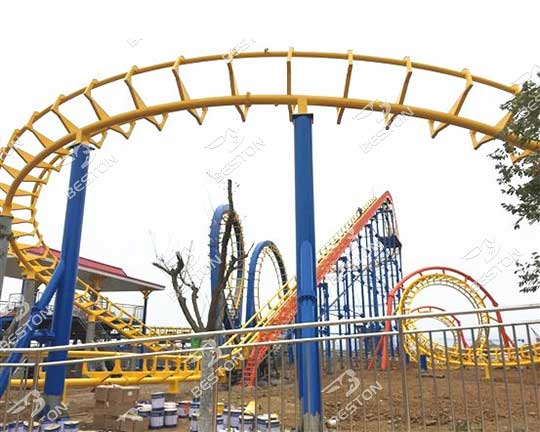Swing rides are one of the most enchanting and enduring experiences in the amusement park world. Whether you call them chair swing rides, wave swingers, or the modern swing tower ride , these rotating marvels have become iconic fixtures across theme parks, fairs, and family entertainment venues. They’re beloved not only for the thrills they offer but also for the graceful elegance with which they spin and soar.
What Sets Swing Rides Apart from Other Attractions
Unlike roller coasters or drop towers that depend on high-speed or vertical motion for adrenaline, swing rides (цепочная карусель) create excitement through centrifugal force and elevation. The sensation of flying through the air, combined with sweeping views and rotating motion, delivers an unforgettable experience that appeals to both families and thrill-seekers.
At their core, swing rides feature a central column—often motorized—that rotates a circular canopy from which seats are suspended. Riders are seated in individual chairs, connected by chains or metal rods to the spinning top. As the canopy turns, the seats lift outward, tilting gently due to centrifugal force, simulating the feeling of soaring.
A Glimpse Into the Engineering of Chair Swing Rides
The structure of a swing ride might look simple from a distance, but there’s a lot of engineering precision behind the movement. The rotating canopy, sometimes fixed and sometimes capable of tilting, determines the path and angle of the swing arc. Suspension chains are carefully measured to ensure symmetry and stability during operation.
Seat configuration varies widely—from basic double-chains to decorative molded seats complete with lap bars or over-the-shoulder restraints, depending on ride height and speed. Swing rides are available in both portable and permanent configurations, with designs scaled to suit different budgets and park footprints.
Why the Swing Tower Ride Stands Out in Modern Parks
A modern innovation in the swing ride family is the swing tower ride (аттракцион седьмое небо), which elevates the concept—quite literally. Instead of a low or mid-height rotating canopy, swing tower rides are mounted atop vertical towers that can soar over 300 feet into the sky. As the seats rise and spin, riders experience a breathtaking combination of speed, height, and panoramic views.
Popular installations of swing tower rides have transformed skylines at amusement parks worldwide. These towers combine the peaceful sensation of flying with a towering structure, offering one of the most picturesque ride experiences available. They’re often seen as iconic landmarks within their parks due to their impressive height and visible-from-anywhere presence.
The Role of Theming and Lighting in Swing Carousel Appeal
Another reason swing rides maintain their popularity is their adaptability. These rides (аттракционы для детей купить) can be easily customized with elaborate themes—fantasy, retro, steampunk, or even futuristic aesthetics. From LED lighting to musical syncs and animated decorations, operators can create immersive environments that turn a simple spinning ride into a story-driven spectacle.
Nighttime enhances the appeal even further. Many swing rides are outfitted with vibrant, programmable lighting systems that turn them into kinetic light shows. As they rotate and rise, they become centerpieces of night-time park operations, drawing crowds and cameras alike.
Comfort, Safety, and Ride Dynamics
Despite the open-air seating and high-flying motion, swing rides are among the safest amusement attractions. They are designed with rigorous safety standards, using reinforced chains, secure locking mechanisms, and precision-calibrated motors. Operators perform daily inspections, and riders must meet minimum height and safety guidelines to board.
The dynamics of the ride can also be fine-tuned. Operators can adjust speed, tilt, and cycle duration depending on the ride model. Some versions even allow for reverse spinning or changing rotation speeds mid-ride, offering a dynamic experience even for repeat riders.
Indoor and Compact Variations for Versatile Use
Not all swing rides tower over the landscape. Compact versions exist for indoor environments like shopping malls or smaller entertainment centers. These indoor rides replicate the charm of their larger outdoor counterparts, using lightweight materials and simplified mechanics suited for confined spaces.
These scaled-down rides are especially popular among younger children and families looking for gentle thrills. They also represent a cost-effective option for businesses entering the amusement industry for the first time.
Why Swing Rides Continue to Charm Generations
What keeps swing rides relevant in an ever-evolving industry of high-tech coasters and VR experiences? It’s their perfect blend of simplicity, nostalgia, and thrill. Riders often describe the sensation as peaceful, exhilarating, and surprisingly addictive. The sight of chairs swinging out into the air against a blue sky or a glowing sunset taps into our shared childhood dreams of flying.
Swing rides are also incredibly inclusive—many don’t involve intense drops or sharp turns, making them approachable for a wide range of riders. Whether it’s a child enjoying their first amusement ride (аттракционы купить) or an adult reminiscing about past summers, the swing ride brings people together.
From traditional chair swings to the towering elegance of the swing tower ride, these attractions remain pillars of the amusement world—literally and figuratively. They blend artistry, engineering, and pure joy into a single, spinning motion. As parks seek to create experiences that resonate emotionally and visually, the swing ride continues to prove that sometimes, the classics really do fly the highest.
